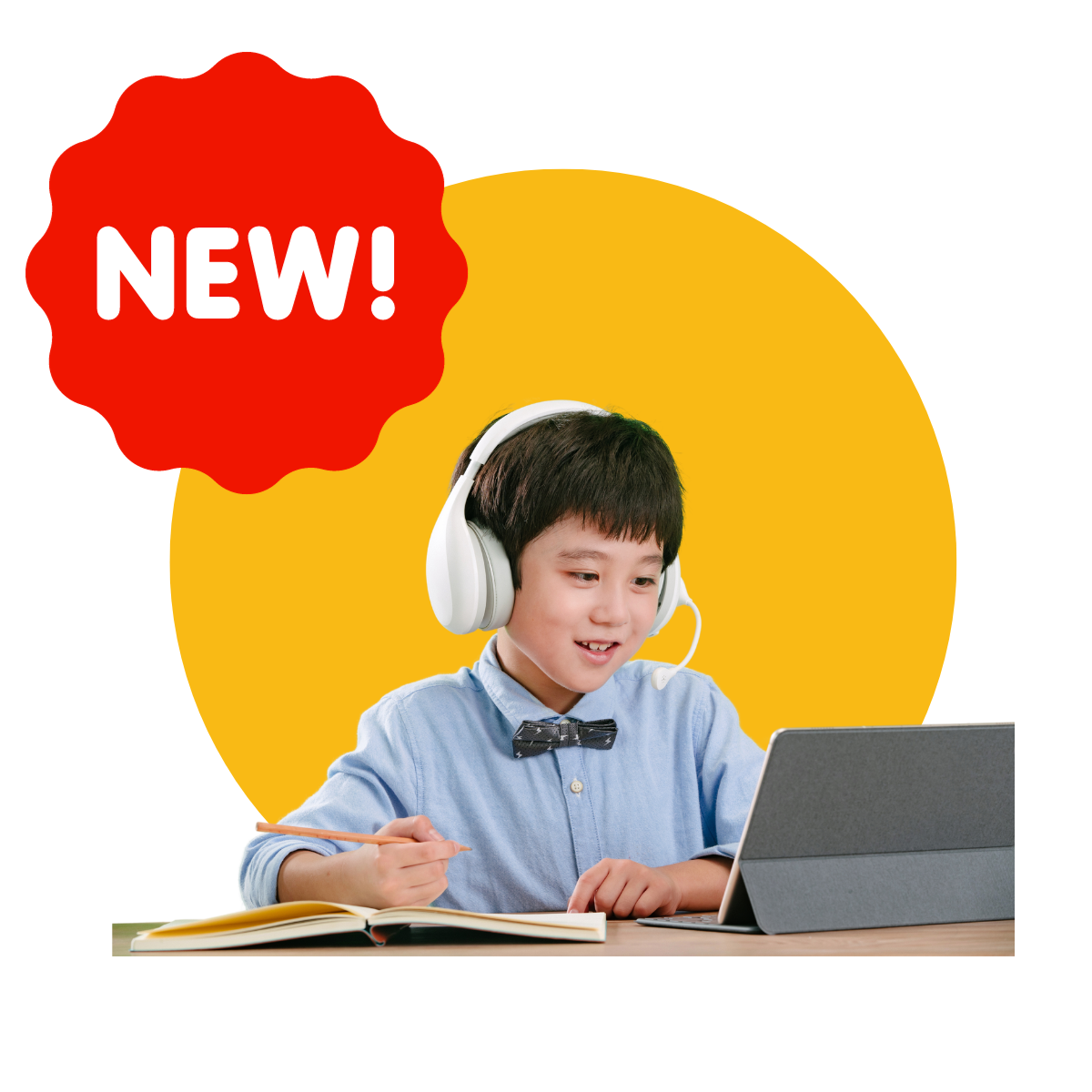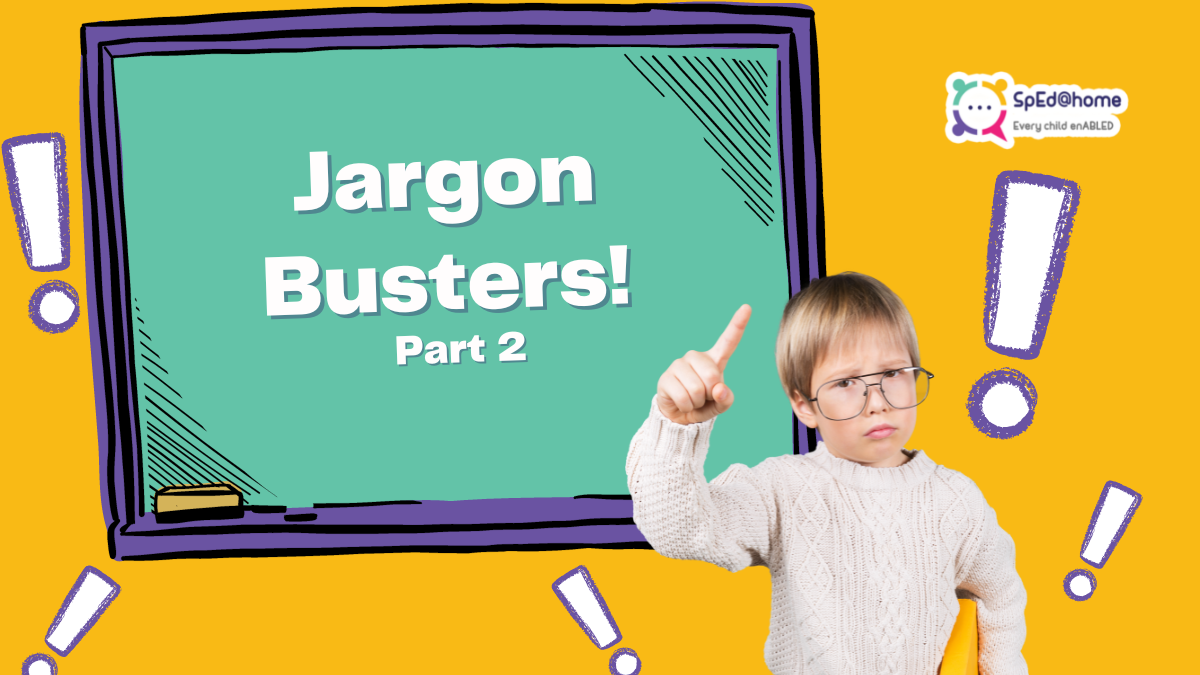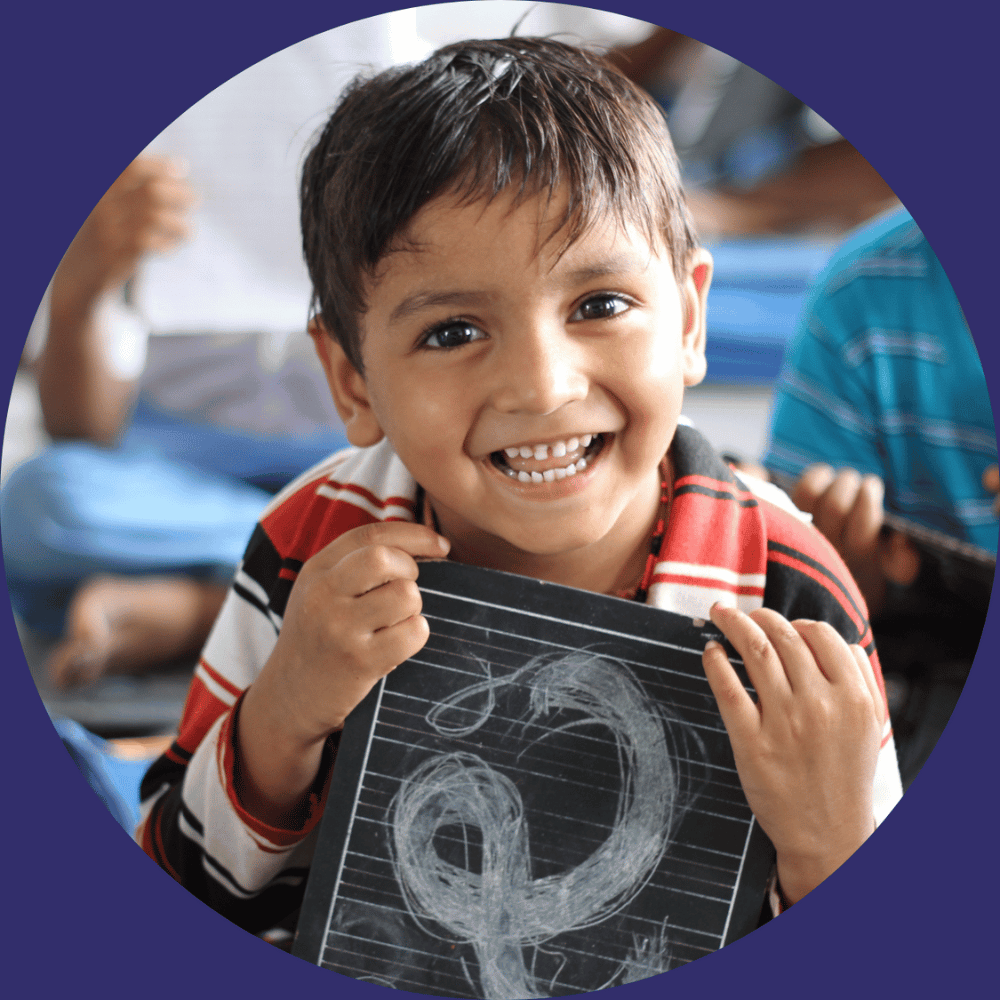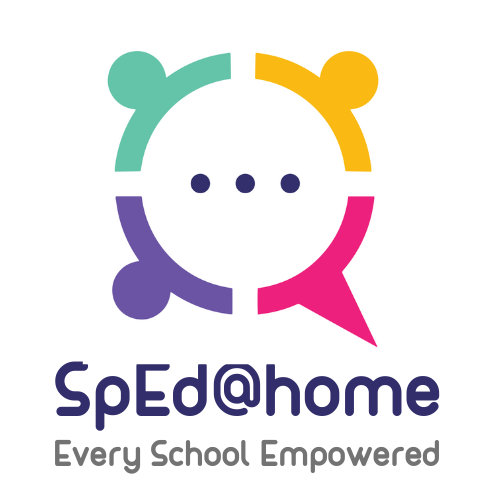Special education has a million unfamiliar words and terms. These, if misunderstood, can make communication difficult in many ways. Here’s part two of our jargon buster series, decoding the complex in simple words.
Jargon Busters | Special Education Part 1
Autism Spectrum Disorder
Autism Spectrum Disorder (ASD) is a neurodevelopment disorder. The ‘neuro’ factor is about how the brain is wired, affecting the communication and interaction skills of the child. The ‘developmental’ factor of the disorder refers to the disorder being identified at the early developmental stage of life, within two to three years of age. Children with Autism Spectrum Disorder face difficulties with verbal and non-verbal communication. This affects their ability of effective social interactions. Here are some common known facts of Autism Spectrum Disorder:
- Boys are more likely to affected with ASD than girls.
- There is no medical detection of ASD.
- ASD is not completely curable.
- Early intervention can help manage ASD and improve learning.
- Occupational Therapy can help children with ASD.
Attention Deficit / Hyperactive Disorder
This is another example of a neurodevelopment disorder which is commonly identified in children. Not only children, it can also be observed in adults. ADHD is a disorder and individuals with ADHD have a (very) disorganised energy. They energy needs constant channelising and controlling to avoid unwanted circumstances. ADHD can not be prevented or cured, however, an early intervention can help manage.
It is difficult for individuals with ADHD to focus on one thing. They have a short or no attention span and get distracted (Very) quickly. They can be hyperactive and may need some heavy exercises and activities to calm themselves down.
Also read: Effective ways to handle children with Attention Deficit-Hyperactivity Disorder (ADHD)
Dyslexia
Dyslexia is a learning disorder. Children with dyslexia have difficulties with reading. Their reading skills are delayed and thus they face trouble with speech, identifying letters, comprehending words, etc. On an initial glance it is easy to confuse this disorder with visual perception and vision. However, a dyslexic child can have normal vision and intelligence quotient. Apart from the reading and learning difficulties, dyslexic children also face issues with memory and focus.
Bonus fact: There are different types of Dyslexia – double deficit dyslexia, surface dyslexia, phonological dyslexia, rapid naming dyslexia, and visual dyslexia.














